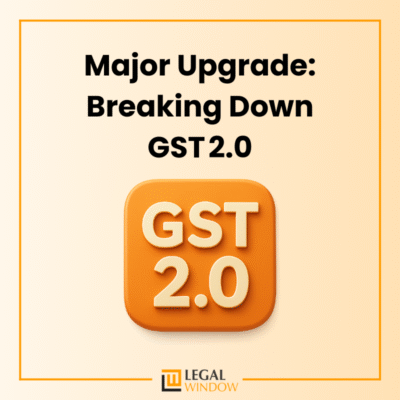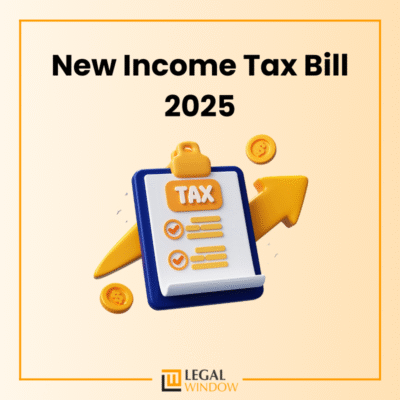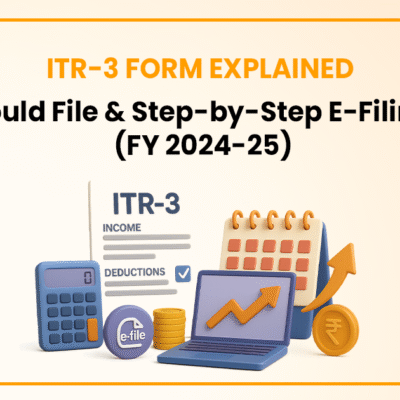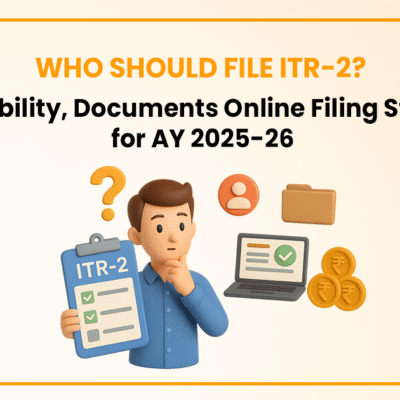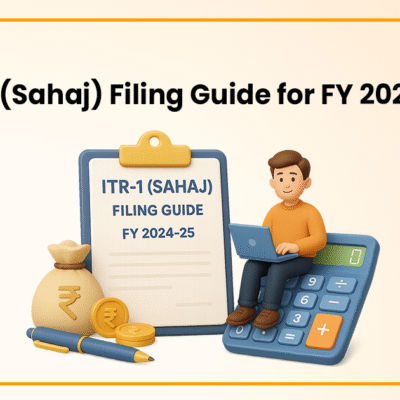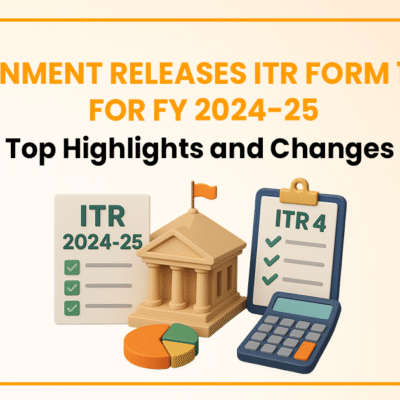
The Employees' Provident Funds and Miscellaneous Act, 1952's principal programme is EPF. EPF is funded by 12% of the employee's base pay and dearness allowance from both the employee and employer. The interest rate on EPF deposits is now 8.10% p.a. A statutory benefit available to workers in India is the Employees' Provident Fund. India-wide application of the Employees' Provident Funds and Miscellaneous Provisions Act, 1952 ("Act"). The Central Board of Trustees (CBT), which was founded by the Central Government and is made up of members of the Government, Employers, and Employees, manages and administers the Employees' Provident Fund (EPF). This Board receives assistance from the Employees' Provident Fund Organization (EPFO) in its operations. In this article we’ll discuss Employees Provident Fund (EPF).
Let us discuss Employees Provident Fund (EPF) in detail.
Meaning of Employees Provident Fund (EPF)
The Employees' Provident Fund Scheme Act, 1952, the Employees' Deposit Linked Insurance Scheme Act, 1976, and the Employees' Pension Scheme Act, 1995 are the three Acts that govern the EPF programme, which has served more than 5 billion people. The fund is accumulated by monthly monetary contributions made by both employees and their employers. As their respective portion of the EPF contribution, each party contributes 12% of the employees' monthly salaries.
The interest earned on the fund as a result is pre-fixed and established by the Employees Provident Fund Organization. The interest that has accrued in the EPF is tax-free and may be withdrawn without being charged. When an employee retires, they get a lump sum payment that includes all accumulated interest.
Objectives of Employees Provident Fund (EPF)
These are the main objectives of the Employees Provident Fund (EPF):
- In order to guarantee that each employee has a single EPF account.
- It must be as easy as feasible to comply.
- Make sure businesses consistently abide with all EPFO laws and regulations.
- To improve their infrastructure and ensure the dependability of internet services.
- Online access should be available for all member accounts.
- The 20-day claim settlement period will be cut to 3 days.
- Promotion and encouragement of voluntarily compliance
Application Eligibility for Employees Provident Fund (EPF)
Employees in both the public and private sectors are eligible for the Employee Provident Fund; therefore any employee can apply to join EPF India. A company is also considered responsible for providing EPF benefits to its employees if it employs at least 20 people.
When an employee joins the programme actively, they are deemed qualified to receive a number of advantages, including pension benefits, insurance benefits, and Employees Provident Fund benefits.
The meaning of UAN
Online access to PF accounts is available to all EPF subscribers, who may use it to perform tasks including withdrawals and checking their EPF balance. Accessing the EPFO member site is made easier by the Universal Account Number (UAN).
Each member of EPFO is given a 12-digit number called a UAN. An employee's UAN does not change even if they switch employers. A member's member ID changes when their employment does, and the new ID is connected to their UAN. However, in order to utilize the services online, employees must activate their UAN.
Interest of Employees Provident Fund (EPF)
Only the active PF accounts of employees who have not yet retired receive this interest. However, the interest that accumulates on these accounts is taxed according to the tax bracket of an EPF employee member. It should be mentioned as well that the Employees Pension Scheme share does not earn interest.
However, after they reach the age of 58, members are qualified to receive a pension from this cumulative amount.
Employee Provident Fund Calculation (EPF)
You may simulate how much money will accumulate in your EPF account when you retire with the EPF calculator. You may calculate the lump-sum amount, which includes the interest that has accumulated on the investment as well as your contribution and the employer's contribution.
You can input your current age, basic monthly salary, dearness allowance, EPF contribution, and retirement age up to 58 years in the formula box that is included. You may also input the current EPF balance if you are familiar with the numbers. After you provide the essential information, the calculator will display the EPF funds that will be available to you when you retire.
Advantages of Employees Provident Fund (EPF)
The Employees' Provident Fund Programme offers a wide range of advantages to EPF employee participants. It gives people a sense of security and stability about their finances some of them are discussed below:
- Advances and withdrawals are both permitted for employees.
- The nominees or legal heirs are entitled to the PF amount of a dead member.
- In addition to contributing to the PF, the company also makes the appropriate payments into the employee's pension, which the employee may access after retirement.
- Employees are appropriately insured under the EDLI Scheme in order to receive the lump sum payment in the event of death while on the job.
- Employees are entitled to get tax-free returns thanks to the EEE (Exempt, Exempt, Exempt) tax advantage under the Income Tax Act, 1961.
- Special advantages are given to employees in the form of interest-bearing income added to their savings.
- If a member transfers from one establishment where the Provident Fund system is applicable to another, their PF account may be transportable.
Employee Provident Fund withdrawal (EPF)
People might choose to withdraw their EPF in full or in part. However, such withdrawals are only permitted in certain situations. Several of these situations when people can totally withdraw their EPF are listed below:
- On the Retiring
- If they are unemployed for a duration longer than two months.
- While transitioning between jobs or changing careers. However, the time spent jobless should be more than two months.
Here is a list of some of those situations where people can partially withdraw their EPF:
- For a marriage.
- To further one's education
- For building a house or buying property.
- Debt repayment for a house.
- Renovating a home or building.
Key Ideas Regarding Employees Provident Fund (EPF) Contribution
The following are the key Ideas regarding (EPF) contribution:
- Employer's contribution of 12% consists of 8.33% EPS and 3.67% EPF.
- Organizations with 20 or less workers, those with losses equal to or more than net value (at the end of the financial year), and those that have been deemed ill by the Board for Industrial and Financial Reconstruction are all eligible for a 10% EPF share.
- Employer contributions are split between 3.67% for the Employees' Provident Fund and 8.33% for the Employees' Pension Scheme.
- The EPF passbook has been updated with all donations.
- The employee's provident fund receives the entire amount of their contribution.
- In addition to the above-mentioned contributions, the employer must also contribute an extra 0.5% toward EDLI.
- Employer's contribution of 12% consists of 8.33% EPS and 3.67% EPF.
- The employer must additionally pay certain administrative charges for EDLI and EPF, which are charged at rates of 1.1% and 0.01%, respectively. This indicates that a total of 13.61% of the employee's income must be contributed by the employer to this plan.
- Organizations with 20 or less workers, those with losses equal to or more than net value (at the end of the financial year), and those that have been deemed ill by the Board for Industrial and Financial Reconstruction are all eligible for a 10% EPF share.
- Employer contributions are split between 3.67% for the Employees' Provident Fund and 8.33% for the Employees' Pension Scheme.
- The EPF passbook has been updated with all donations.
- The employee's provident fund receives the entire amount of their contribution.
- In addition to the above-mentioned contributions, the employer must also contribute an extra 0.5% toward EDLI.
Withdrawals from EPF Account
When employees reach the age of 58, they are eligible to request a complete settlement from their EPF account. Additionally, if they are unemployed for two months or more or pass away while still working before reaching retirement age, their nominees or legal heirs are also eligible to receive the accumulated funds.
The partial withdrawal of funds from the EPF is permitted for the following reasons: higher education, medical care, home loan repayment, marriage, the purchase of a home or other property, the closing of an establishment or factory, a natural disaster, the year before retirement, and extended periods of unemployment lasting longer than a month.
Takeaway
The Employees' Provident Fund, sometimes known as EPF, is a well-known savings program that the EPFO launched under the direction of the Government of India. The savings program is aimed at the salaried class to encourage their savings behavior and help them accumulate a sizeable retirement fund. In addition to tax advantages, it offers comparatively greater interest rates than other saving plans. For the submission and payment of claims, updating your leaving date is critical. Your employment will not be regarded as continuous if your leaving date is not updated or is incorrectly stated, in which case you will be required to pay tax on any interest that was generated in the meantime.
Connect to our Experts at Legal Window if you want more explanation regarding Employees Provident Fund (EPF).
Neelansh Gupta is a dedicated Lawyer and professional having flair for reading & writing to keep himself updated with the latest economical developments. In a short span of 2 years as a professional he has worked on projects related to Drafting, IPR & Corporate laws which have given him diversity in work and a chance to blend his subject knowledge with its real time implementation, thus enhancing his skills.
Categories
- Agreement Drafting (23)
- Annual Compliance (13)
- Change in Business (37)
- Company Law (150)
- Compliance (90)
- Digital Banking (3)
- Drug License (4)
- FEMA (17)
- Finance Company (42)
- Foreign Taxation (9)
- FSSAI License/Registration (15)
- GST (124)
- Hallmark Registration (1)
- Income Tax (214)
- Latest News (36)
- Miscellaneous (170)
- NBFC Registration (8)
- NGO (18)
- SEBI Registration (6)
- Section 8 Company (10)
- Start and manage a business (27)
- Startup/ Registration (134)
- Trademark Registration/IPR (48)
Recent Posts
- Major Upgrade: Breaking Down GST 2.0 September 15, 2025
- New Income Tax Bill 2025 August 27, 2025
- ITR-3 Form Explained: Who Should File & Step-by-Step E-Filing Guide (FY 2024-25) June 25, 2025
All Website Tags
About us
LegalWindow.in is a professional technology driven platform of multidisciplined experts like CA/CS/Lawyers spanning with an aim to provide concrete solution to individuals, start-ups and other business organisation by maximising their growth at an affordable cost.


